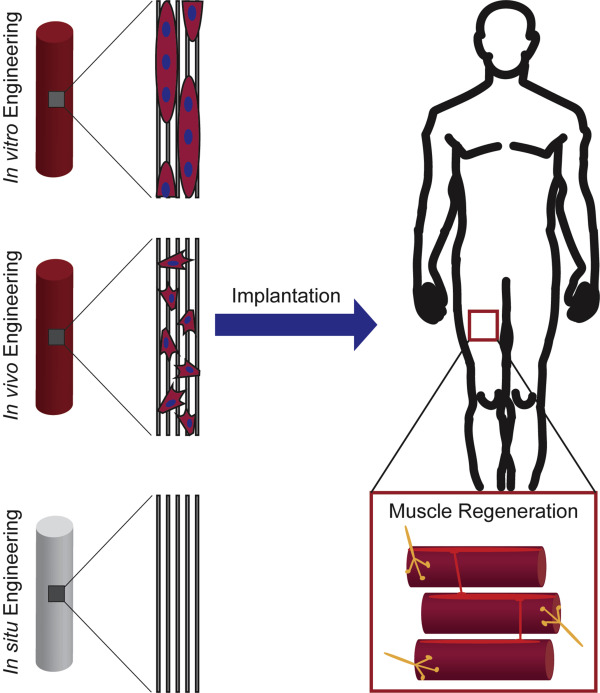Elsevier, Asian Journal of Psychiatry, Volume 51, June 2020
At the start of 2020, the 2019 coronavirus disease (COVID-19), originating from China has spread to the world. There have been increasing numbers of confirmed cases and deaths around the globe. The COVID-19 pandemic has paved the way for considerable psychological and psychosocial morbidity among the general public and health care providers. An array of guidelines has been put forward by multiple agencies for combating mental health challenges. This paper addresses some of the mental health challenges faced by low and middle income countries (LMIC).
Elsevier, Current Research in Green and Sustainable Chemistry, Volume 3, June 2020
Obesity represents an important public health concern because it substantially increases the risk of multiple chronic diseases and thereby contributing to a decline in both quality of life and life expectancy. Besides unhealthy diet, physical inactivity and genetic susceptibility, environmental pollutants also contribute to the rising prevalence of obesity epidemic.
Elsevier, Current Opinion in Green and Sustainable Chemistry, Volume 23, June 2020
To be socially accepted widely, the emerging circular bioeconomy needs to rely increasingly on residual bio-based feedstock and waste, hence reducing its dependency on crops which are in competition with agriculture/food markets. Food waste represents a valuable option as it allows for the production of a wide range of bio-based products ranging from biofuels to bioplastics. First successful experiences have shown that the involvement of stakeholders with different behaviours, values and backgrounds is a key enabler of the process.
Elsevier, Materials Today Bio, Volume 7, June 2020
Repair of injured skeletal muscle is a sophisticated process that uses immune, muscle, perivascular, and neural cells. In acute injury, the robust endogenous repair process can facilitate complete regeneration with little to no functional deficit. However, in severe injury, the damage is beyond the capacity for self-repair, often resulting in structural and functional deficits. Aside from the insufficiencies in muscle function, the aesthetic deficits can impact quality of life.
Elsevier, EClinicalMedicine, Volume 23, June 2020
Background: There is a growing body of research exploring how intimate partner violence affects contraceptive decision-making, recognizing that these decisions are reflective not only of access and acceptability, but also spousal power imbalances. Unfortunately, there is a dearth of knowledge regarding contraceptive choices following gender-based violence during pregnancy. There are an estimated 7·8 million in India affected by violence during pregnancy, and an ongoing, heavy reliance on female sterilization as the dominant form of contraception.
Elsevier, Soil and Tillage Research, Volume 200, June 2020
Soil organic matter (OM) stratification and macro and micro fauna are both good indicators for the evaluation of soil ecological functioning, which is interrelated with nutrient cycles. To the best of the authors’ knowledge, responses of the degree of OM stratification with soil depth expressed as a ratio, and belowground biota to forest degradation and land cover changes have received little attention, particularly in northern Iran.
Elsevier, Rhizosphere, Volume 14, June 2020
This study aimed to characterize endophytic bacteria associated with root-nodules of a wild legume (Genista cinerea: Fabaceae) growing in arid soils of Algeria. A total of ten non-symbiotic endophytic bacterial strains were isolated and identified using a combination of conventional and molecular approaches based on 16S rRNA gene sequencing. Moreover, growth variations of the isolates under different environmental conditions were examined using advanced statistical modeling techniques (Markov Chain Monte Carlo sampler for multivariate generalized linear mixed models-MCMCglmm).
Elsevier, Health Policy, Volume 124, June 2020
In 2016, the World Health Organization declared that ‘Health is one of the most effective markers of any city's successful sustainable development’ (World Health Organisation, 2016). With estimates that around 6.7 billion people will live in cities by 2050, 21st century city planning decisions will play a critical role in achieving the United Nations (UN) Sustainable Development Goals (SDGs). They will determine the city structure and access to health-enhancing (or health-damaging) urban environments, and ultimately lifestyle choices that impact both individual and planetary health.
Elsevier, Health Policy, Volume 124, June 2020
Purpose and setting: Infrastructure is a global multi-trillion dollar market presenting many opportunities and risks for sustainable development. This article aims to foster better conceptualisation of the connections and tensions between infrastructure policy and public health in the light of the Sustainable Development Goals, especially ‘good health and wellbeing’ (number 3) and ‘industry, innovation and infrastructure’ (number 9), based on findings from interviews with a purposive sample of senior practicing Australian infrastructure policy makers.

